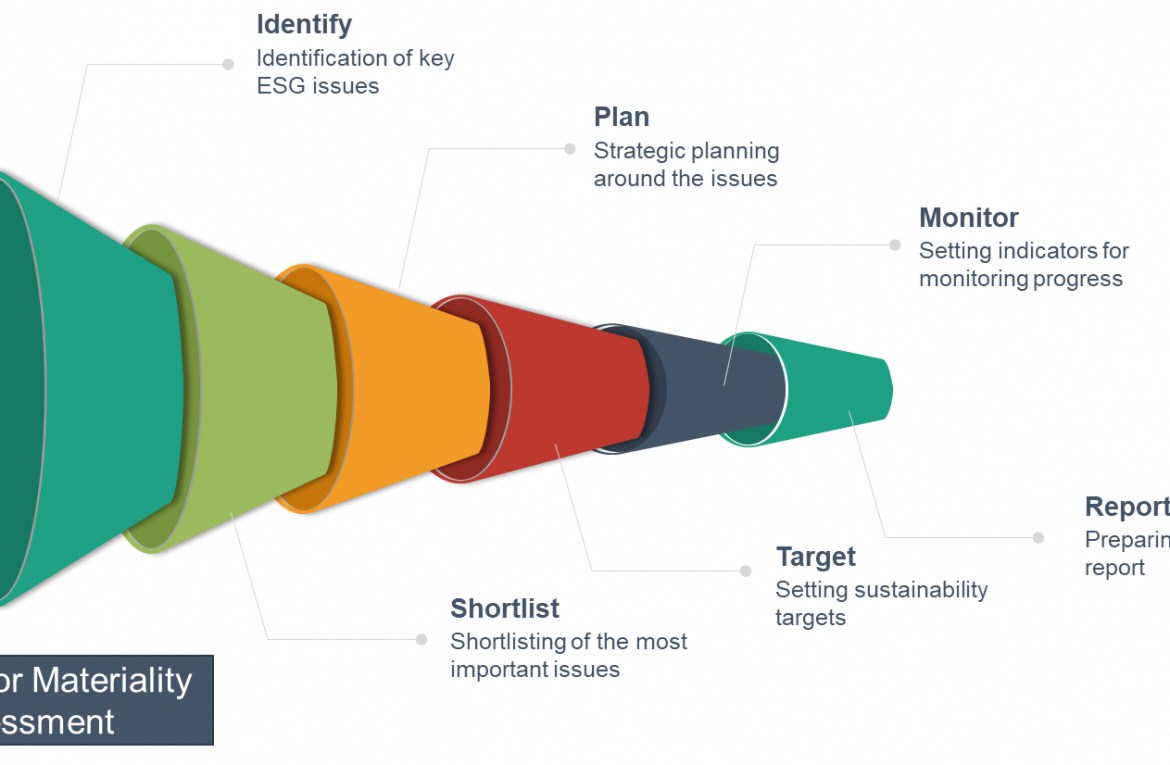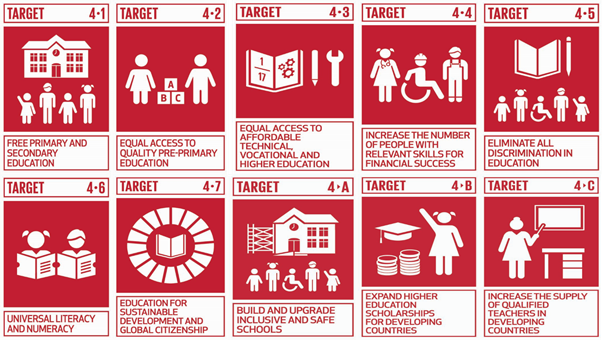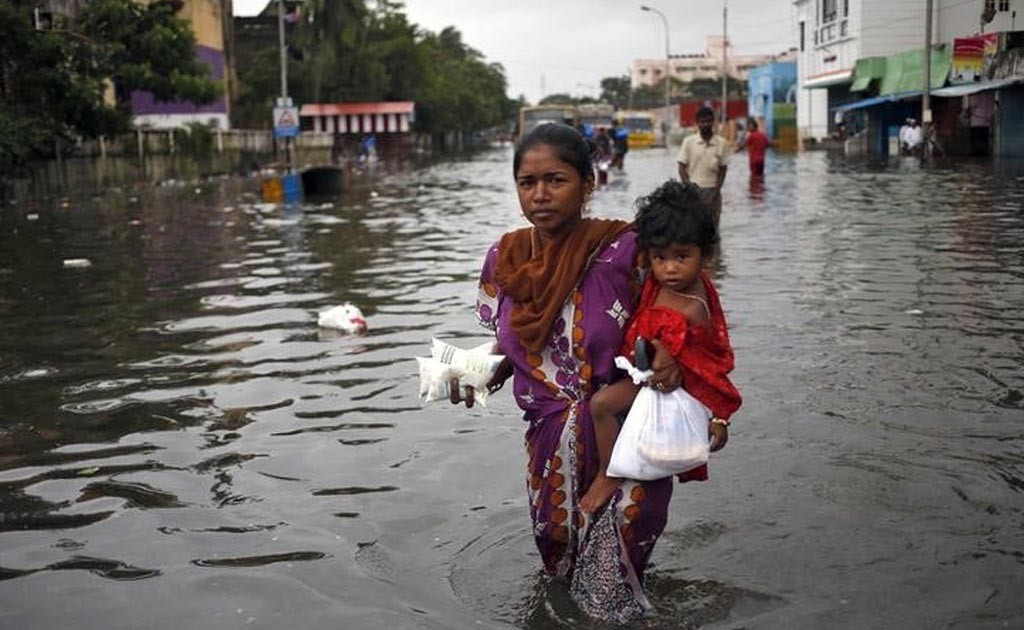Sustainable development is the “development that meets the needs of the present without compromising the ability of future generations to meet their own needs” and to make this happen, UN had adopted the “Sustainable Development Goals (SDGs)” in 2015. The 17 SDGs to be achieved by 2030 were designed to be a “blueprint to achieve a better and more sustainable future for all” while balancing the three dimensions of Sustainable development: economic, social and environmental. A lot of progress has been made towards achieving these goals and a lot of work is to be done. While these goals are designed to cover each and every aspect that could affect the lives of people around the world, including disasters, but the present scenario has raised questions – is the world prepared to deal with every challenge? Are SDGs designed to face pandemics?
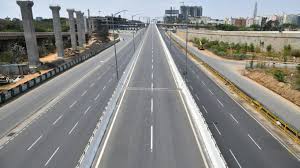
The outburst of COVID-19 has put the world at halt. The Pandemic has spread across more than 170 countries, and more than 100 countries have closed national borders. Even the most developed countries have failed to protect its people from this deadly virus and till date there is neither a full proof cure for this pandemic nor there is any vaccine to prevent it. People across the world are forced to stay inside their houses in an attempt to stop the spread of the virus. The ill-effects of this virus are not confined only to the health of people; it has rather disrupted the socio-economic balance at global level. This disruption would make it difficult for nations to meet the deadline (2030) for achieving these goals.
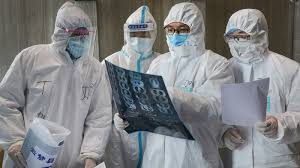
COVID-19 has created a new set of challenges for the world to face
- Disruption of global supply chains and international trade.
- Sealing of national borders of over 100 countries
- Movement of people and tourism flow has stopped
- Shrinking of global economy
- Scarcity of medical equipment and protection equipment in both developed and developing countries for emergency situations
- Decline in consumer spending in both developed and developing countries
- Reduced imports from developing countries
- Lockdowns and social distancing
- Loss of jobs
- Increased domestic violence and crime against children
- Increasing rate of spread of disease and increasing mortality rate

According to UN Department of Economic and Social Affairs (DESA), the Global Economy could shrink by 1% in 2020 and may contract even further if restrictions on the economic activities continue without adequate fiscal responses.
Indian context
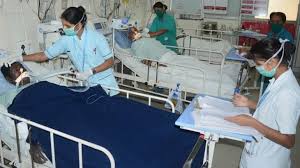
Like all other developing countries, India too will face the consequences of the lock down. With offices, factories and tourism shut down, and disrupted trade and investment channels, India is likely to face a major economic crisis. The poor and vulnerable are having a tough time, especially the informal migrant workers who were forced to walk miles to reach their hometown as their daily earning stopped due to the sudden lock down and they did not have money for food and shelter. However, the Indian pharmaceutical sector would gain from the present situation due to increased demand of medicines from developed countries.

Challenges before India due to COVID 19
- Disruption of global supply chain and supply chain within India
- Halt of international and domestic tourist flow
- Sealing of national, state and district borders
- Loss of jobs
- scarcity of medical and personal protection equipment
- Social distancing
- Food insecurity among the poor and vulnerable
- Increased domestic violence and crime against children
- Increasing rate of spread of disease and increasing mortality rate
- Scarcity of medical staff
SDGs related to the pandemic COVID -19
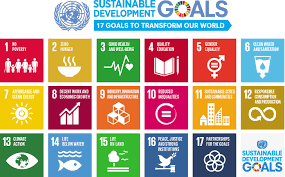
The COVID -19 outbreak has raised an alarm to rethink SDGs. There are no targets related to spread of pandemics, however some existing targets are designed for emergency situations and are therefore related to the impact of COVID-19. The SDGs related to COVID -19 and the area of focus for action to deal with the present situation globally and in India have been listed below
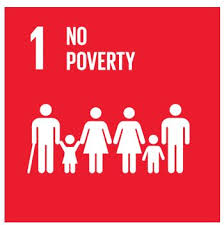
Goal 1 : End poverty in all its forms everywhere
Target 1.5 By 2030, build the resilience of the poor and those in vulnerable situations and reduce their exposure and vulnerability to climate-related extreme events and other economic, social and environmental shocks and disasters.
Area of focus: Daily wage earners and informal workers.
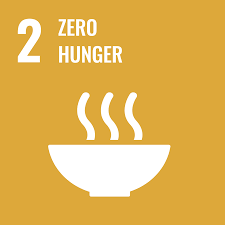
Goal 2: End hunger, achieve food security and improved nutrition and promote sustainable agriculture
Target 2.1 By 2030, end hunger and ensure access by all people, in particular the poor and people in vulnerable situations, including infants, to safe, nutritious and sufficient food all year round.
Area of focus: Ensure food security amongst the poor, and informal workers who have lost their source of income
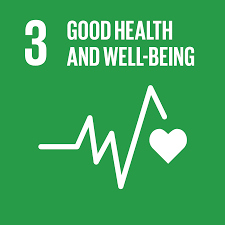
Goal 3: Good health and well being
Target 3.3 By 2030, end the epidemic of AIDS , tuberculosis, malaria and neglected tropical diseases and combat hepatitis, water borne diseases and other communicable diseases.
Target 3.8 Achieve universal health coverage, including financial risk protection, access to quality essential health-care services and access to safe, effective, quality and affordable essential medicines and vaccines for all.
Target 3.B Support the research and development of vaccines and medicines for the communicable and non- communicable diseases that primarily affect developing countries, provide access to affordable essential medicines and vaccines in accordance with the Doha Declaration on TRIPS Agreement and Public Health, which affirms the right of developing countries to use to the full the provisions in the Agreement on Trade Related Aspects of Intellectual Property Rights regarding flexibilities to protect public health , and, in particular, provide access to medicines for all.
Target 3.c Substantially increase health financing and recruitment, development ,training and retention of the heath workforce in developing countries and least developed countries.
Target 3.d Strengthen the capacity of all countries, in particular developing countries, for early warning, risk reduction and management of national and global health risks
Area of focus: Availability of medicines and vaccines , availability of equipment, availability of trained medical staff, safety of medical staff and people working for essential services.
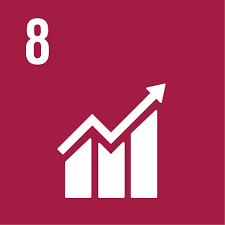
SDG 8: Decent work and economic growth
Target 8.3 Promote development-oriented policies that support productive activities, decent job creation, entrepreneurship, creativity and innovation, and encourage the formalization and growth of micro-, small-, medium-sized enterprises, including through access to financial services
Target 8.8 Protect labour rights and promote safe and secure working environments for all workers, including migrant workers, in particular women migrants, and those in precarious employment.
Area of focus: Ensuring employment to people who are most likely to loose jobs due to lockdown
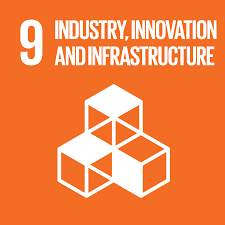
SDG 9: Industries, Innovation and Infrastructure
Target 9.1 Develop quality, reliable, sustainable and resilient infrastructure, including regional and transborder infrastructure, to support economic development and human well-being, with a focus on affordable and equitable access for all
Target 9.c Significantly increase access to information and communication technology and strive to provide universal and affordable access to the internet in least developed countries by 2020
Area of focus: Global, cooperation to tackle COVID-19, educating people to stop spreading of the virus.

SDG 11: Sustainable cities and communities
Target 11.5 Significantly reduce the number of deaths and the number of people affected and substantially decrease the direct economic losses relative to global gross domestic product caused by disasters, including water-related disasters, with a focus on protecting the poor and people in vulnerable situations
Area of Focus: protecting people, efforts to stop spreading of virus , packages to support economic crisis
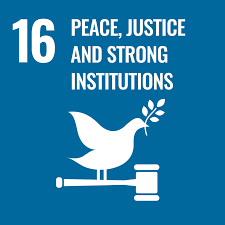
SDG 16: Peace, justice and strong institution
Target 16.7: Ensure responsive, inclusive, participatory and representative decision-making at all levels
Area of focus: law enforcement to ensure social distancing and implementation of lockdown
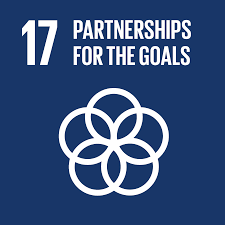
SDG 17: partnerships for the goals
Target 17.8 Fully operationalize the technology bank and science, technology and innovation capacity building mechanism for least developed countries by 2017, and enhance use of enabling technology, , in particular information and communications technology
17.13 Enhance global macroeconomic stability, including through policy coordination and policy coherence
Area of focus: minimize losses to economies due to the Pandemic, technology assistance for treatment and protection of people.
UN has been working to – minimize the spreading of COVID-19, provide relief to affected countries and their people and also to minimize damages caused by the Pandemic to global economy, but it needs to rethink SDG targets to protect the world from such pandemics in future.
UN needs to set new SDG targets related to deadly pandemics keeping in mind, the following:
- Stop spreading of Pandemics
- Sealing of national and international borders
- Protection of people
- Protection of medical staff
- Protection of people involved in providing essential services
- Availability of equipment
- Availability of trained medical staff
- Research on deadly viruses and treatment of diseases caused by them
- Food security
- Ensuring employment
- Migrant workers
- Stability of global economy
Till now we have been talking about the effects of COVID-19, but in order to make sure that such pandemics do not occur in future, it is very important to study the origin of COVID-19. It is believed that the spread of this deadly virus was caused due to consumption of bats by humans. As per records, many pandemics in the past were also caused due to animals. The dangerous eating habits of some communities have led to these massive destruction. There is therefore a need to regulate such eating habits of people around the world. There is another theory of this virus being made in a lab during some research – if true, there should be a global body put in action, to regulate such dangerous researches- with or without the fear of them being used as a tool for bio-warfare.
Accountability should be affixed of the Pandemics caused, upon the relevant state.
Therefore – it is recommended – SDGs must also include targets for –
1. Identification and prohibition of consumption of animals that could lead to the outburst of such deadly virus.
2. Regulation of researches of dangerous nature, including those on deadly viruses.
